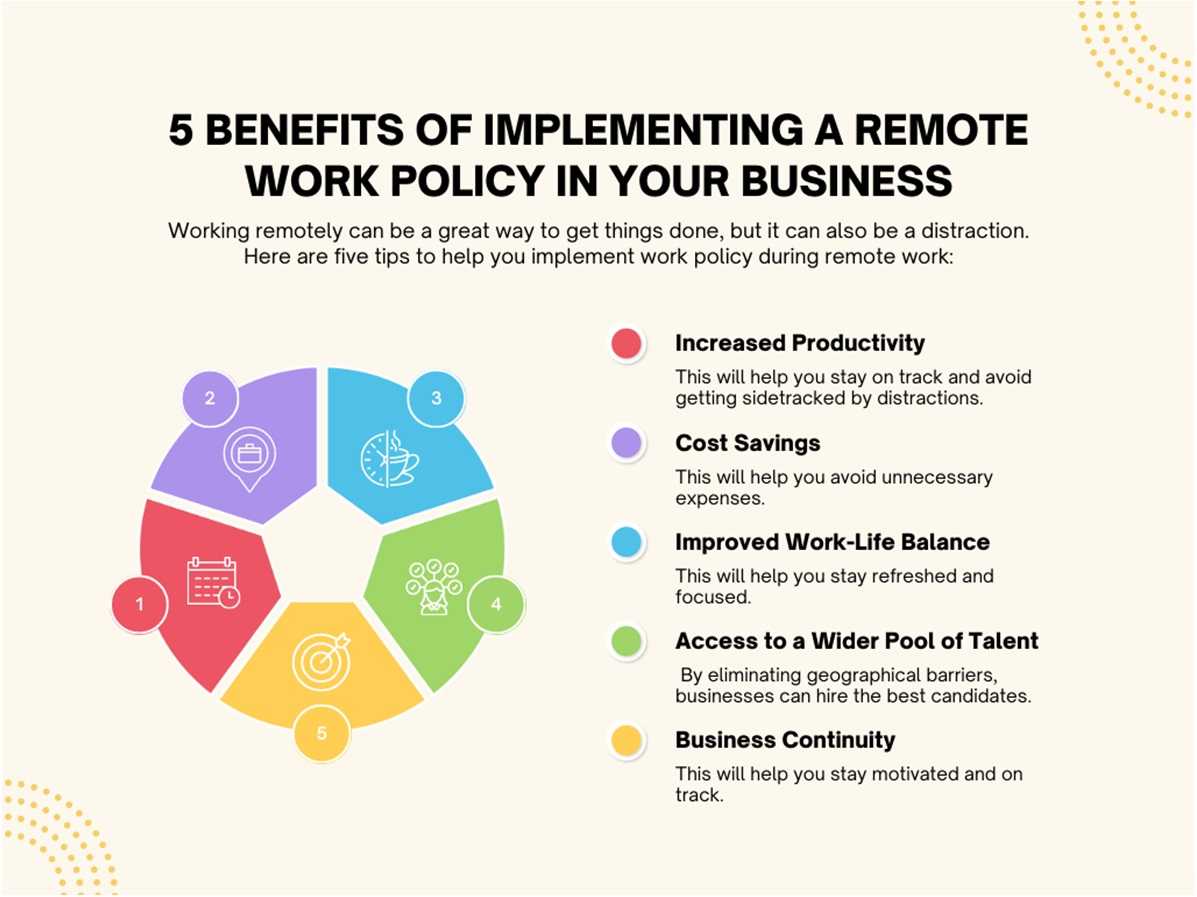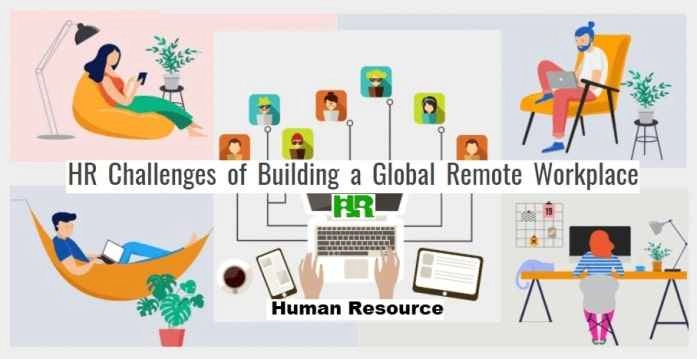
Introduction: A New Way of Connecting
We live in a time when remote work has become more than just a workplace trend—it’s a profound shift in how we relate, communicate, and build our communities. As the physical boundaries of offices dissolve, so too do the rituals and spontaneous interactions that once held teams together. In their place, a new kind of connection is forming: one that’s digital, intentional, and often deeply human in unexpected ways.
“Remote work isn’t just about working from anywhere—it’s about rethinking how we stay together when we’re apart.”
At Remin.site, where we preserve memories and legacies, we understand the importance of connection—both in work and in life. In this article, we explore how the rise of remote work is reshaping the very essence of human community in the workplace and beyond.
The Traditional Workplace as a Social Hub
In-Person Rituals and Culture
Before Zoom calls and Slack threads, offices were more than just places of productivity—they were living, breathing social ecosystems. From casual coffee breaks to spontaneous brainstorms in the hallway, physical workspaces fostered connection through proximity. These moments formed the emotional glue of company culture.
- Shared lunch hours created personal bonds
- Office celebrations reinforced a sense of belonging
- Face-to-face mentorship shaped career growth
These interactions made employees feel seen, heard, and valued—something far harder to replicate in remote settings.
Community Beyond the Cubicle
Offices often acted as local community centers. Whether it was organizing charity events, mentoring programs, or simply chatting at the watercooler, employees didn’t just build careers—they built lives. It was about connection beyond KPIs and deadlines.
Now, as work moves online, the question arises: how do we preserve those human moments in a digital realm?
Remote Work: Breaking the Physical Boundaries
The Rise of Digital Communication Tools
With the proliferation of tools like Slack, Zoom, and Notion, the modern workforce is more connected than ever—yet more fragmented at the same time. These platforms allow teams to collaborate across continents, but they often sacrifice the depth of interaction that physical spaces naturally provide.
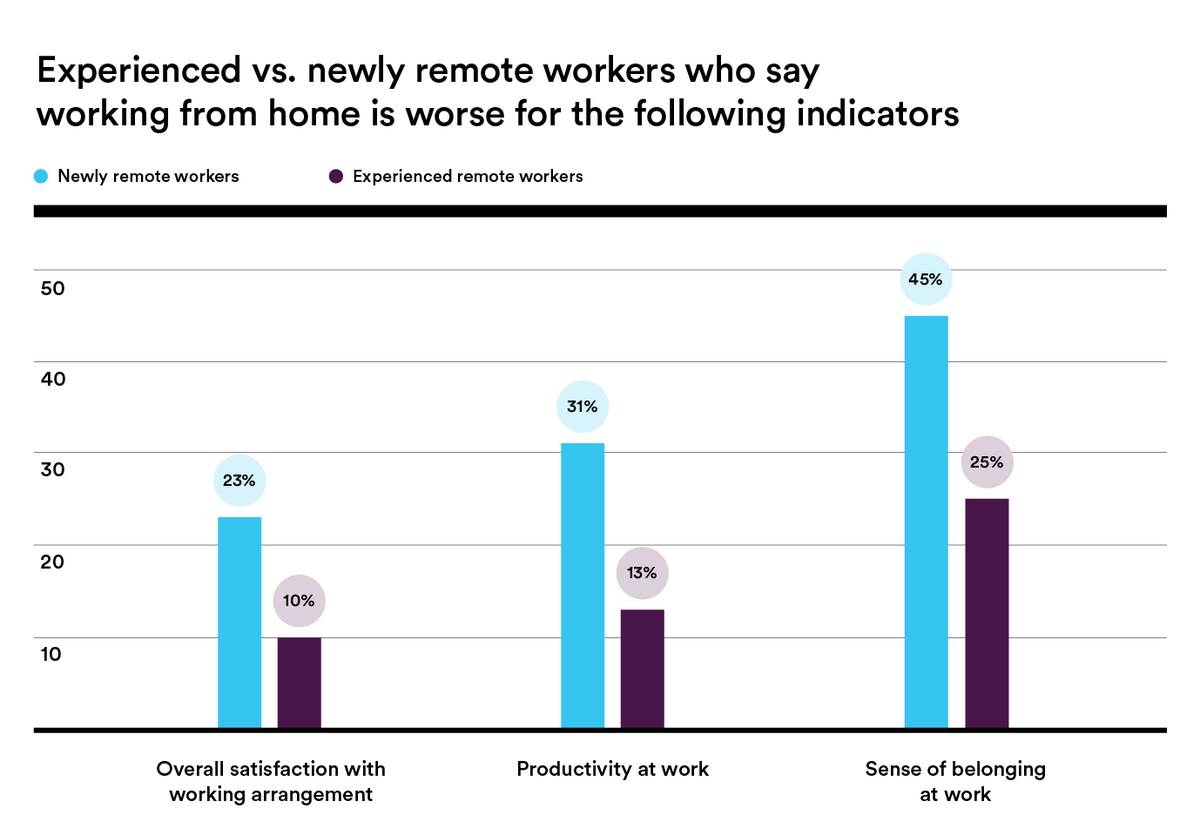
According to the Buffer State of Remote Work Report, while 98% of workers would like to continue working remotely at least part of the time, a significant portion report feeling lonely or disconnected.
Flexible Work and Its Effects on Relationships
The flexibility of remote work is a gift—but one that comes with trade-offs. Without the structure of a shared space, communication becomes more transactional. You miss out on the unplanned interactions—the eye contact, body language, and serendipity that define human rapport.
Yet, this shift also opens doors to a more intentional and inclusive culture. People from different backgrounds, locations, and time zones can now collaborate in ways previously unimaginable. Remote work, done right, can create a richer and more diverse sense of community.
Rebuilding Community in a Remote Era
Virtual Communities and Their Role
Online spaces are stepping in to fill the gap. From company-wide Slack channels to virtual clubs and discussion forums, digital communities are becoming the new hearths where people gather. These aren’t just project-based interactions—they’re safe spaces for connection.
Research published by the International Journal of Environmental Research and Public Health shows that remote workers who actively participate in online communities report higher levels of workplace satisfaction and emotional well-being.
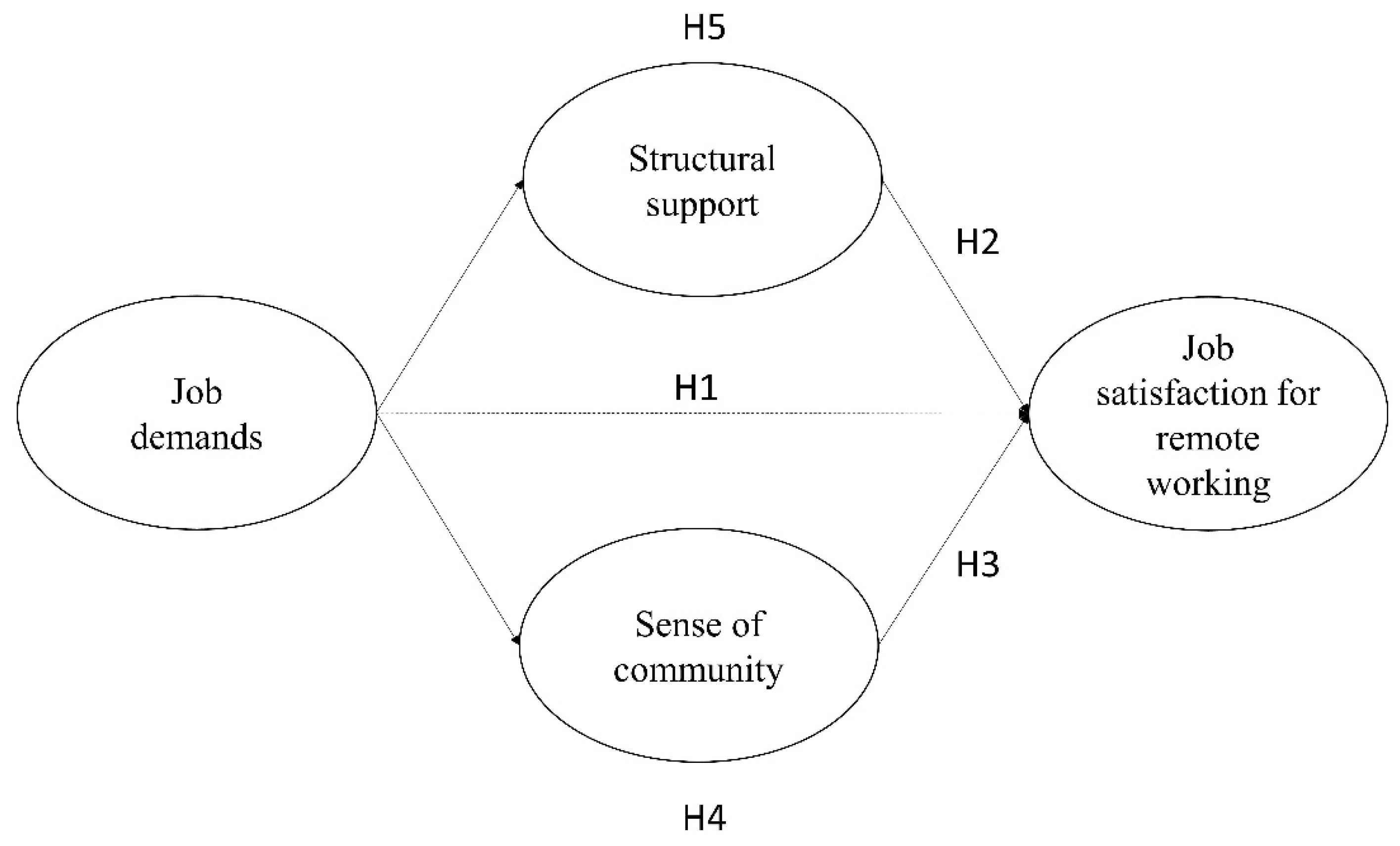
Creative Approaches to Team Bonding Remotely
Forward-thinking companies are experimenting with ways to foster connection at a distance. Here are some impactful methods:
- Virtual coffee chats: Randomized one-on-one video meetings for casual connection
- Asynchronous team journals: Personal reflections shared weekly to build empathy
- Remote game nights: Trivia, escape rooms, and team-building games via Zoom
- Digital recognition walls: Celebrating achievements and milestones online
These aren’t just gimmicks—they’re the foundation for a new kind of belonging. They show that even in a decentralized world, community can be cultivated with intention.
The Risks: Loneliness, Isolation, and Burnout
Psychological Effects of Disconnection
Not all aspects of remote work are rosy. Loneliness has emerged as one of its most significant side effects. A study from Psychology Today outlines how lack of daily human interaction can lead to depression, decreased motivation, and burnout.
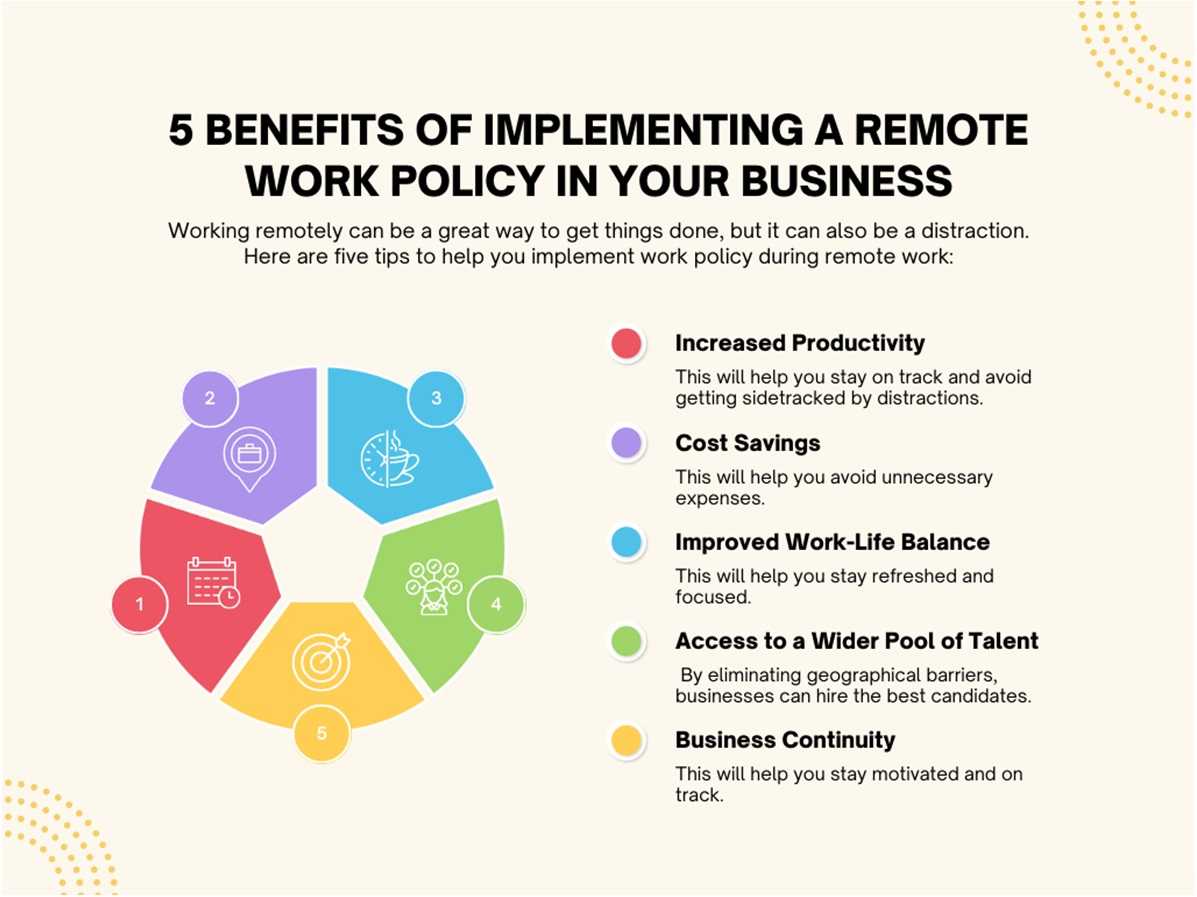
Social isolation doesn’t just affect morale—it can impact productivity, retention, and even physical health. As humans, we’re wired for connection. Remote work must account for that emotional need.
Solutions: Fostering Connection Intentionally
To combat these risks, leaders and teams must prioritize emotional presence as much as physical performance. That means:
- Encouraging open conversations about well-being
- Normalizing mental health check-ins
- Creating space for non-work conversations
- Investing in virtual team-building and empathy training
Intentional connection is not just a perk—it’s essential for a thriving remote culture.
Case Studies: How Companies Rebuild Culture Virtually
To understand how remote communities thrive, we need only look at organizations that have not only adapted to remote work—but made it their foundation. These companies show us that with intention, structure, and creativity, it’s possible to preserve and even strengthen culture across distances.
GitLab’s All-Remote Culture
GitLab operates with a fully distributed team across more than 60 countries. What makes their remote-first culture work is radical transparency, strong documentation, and a deep respect for asynchronous work.
- Weekly team calls allow for both professional updates and personal sharing
- Virtual coffee chats are built into their calendars to encourage casual conversations
- They maintain a remote work handbook that’s open to the public, guiding others on how to build a digital-first culture
This isn’t just about logistics—it’s about nurturing trust and connection across time zones.
Doist’s Emphasis on Deep Work and Connection
Doist, the company behind productivity tools like Todoist, believes that remote work enables people to do their best work—on their own terms. But they also understand the importance of building emotional connection.
They foster community through:
- Async storytelling: Sharing personal stories and moments in internal blogs
- Team retreats: Once a year, they fly everyone out to meet in person and bond
- Public values: Their company values are visible and practiced—not just printed on a wall
“Remote culture doesn’t mean less culture. It means being more intentional about it.”
The Future: A Hybrid Sense of Belonging
Redefining Community in a Post-Remote World
As more companies embrace hybrid models, the challenge becomes creating a sense of unity among teams that are both physical and virtual. The future of community isn’t about going back to old norms—it’s about integrating the best of both worlds.
Hybrid workplaces will need to:
- Ensure equal access to information and opportunities for all employees
- Create shared rituals that work both in-person and online
- Foster inclusive leadership that bridges remote and co-located teams
It’s not just about where people work—it’s about how they feel when they do it. Remin.site believes that connection and memory are deeply intertwined. Whether in a digital meeting room or at a physical table, what matters is how we show up for one another.
Tools and Practices for the Future Workplace
To support this evolution, forward-thinking organizations are investing in:
- Hybrid collaboration platforms like Miro and Figma
- Digital wellness programs to support mental and emotional health
- Memory-capturing tools to record stories, milestones, and shared experiences—just like we do at Remin.site
The future workplace won’t just be productive. It will be a place—real or virtual—where belonging is built by design.
Conclusion: Embracing New Forms of Connection
Remote work has changed the way we collaborate—but it hasn’t erased our need for community. In fact, it has made it clearer than ever: we crave connection, meaning, and presence. Whether you’re in a high-rise office or working from your kitchen table, what matters is how you stay connected—to your team, to your purpose, and to the stories you share.
At Remin.site, we believe that memories—like work communities—don’t disappear. They evolve. They adapt. And they stay with us, if we take the time to nurture them.
Death is not the end. It is the beginning. And in work, as in life, every moment of connection is a legacy in the making.
FAQs
Why does remote work affect our sense of community?
Remote work eliminates daily in-person interactions that help build trust and connection. Without casual conversations or shared rituals, people can feel isolated. However, when approached intentionally, virtual spaces can create strong, meaningful bonds.
Can virtual communities replace physical interaction?
They can’t fully replace it, but they can complement it. Virtual communities offer flexibility and inclusion—especially for global teams. Combining both physical and digital interactions leads to a more resilient and connected workforce.
How can companies keep remote teams connected?
Companies must design for connection, not just communication. This means regular team check-ins, non-work conversations, recognition programs, and creating space for storytelling. Platforms like Remin.site also help teams preserve shared memories and values.
What tools are best for building remote community?
Slack, Zoom, Notion, Miro, and Remin.site are all powerful tools for connection. The key is not the tool itself, but how it’s used to foster authenticity, empathy, and shared purpose.
Is the future of work entirely remote?
Not necessarily. Most experts foresee a hybrid future, blending remote flexibility with in-person touchpoints. The challenge is building a cohesive community across both spaces.
